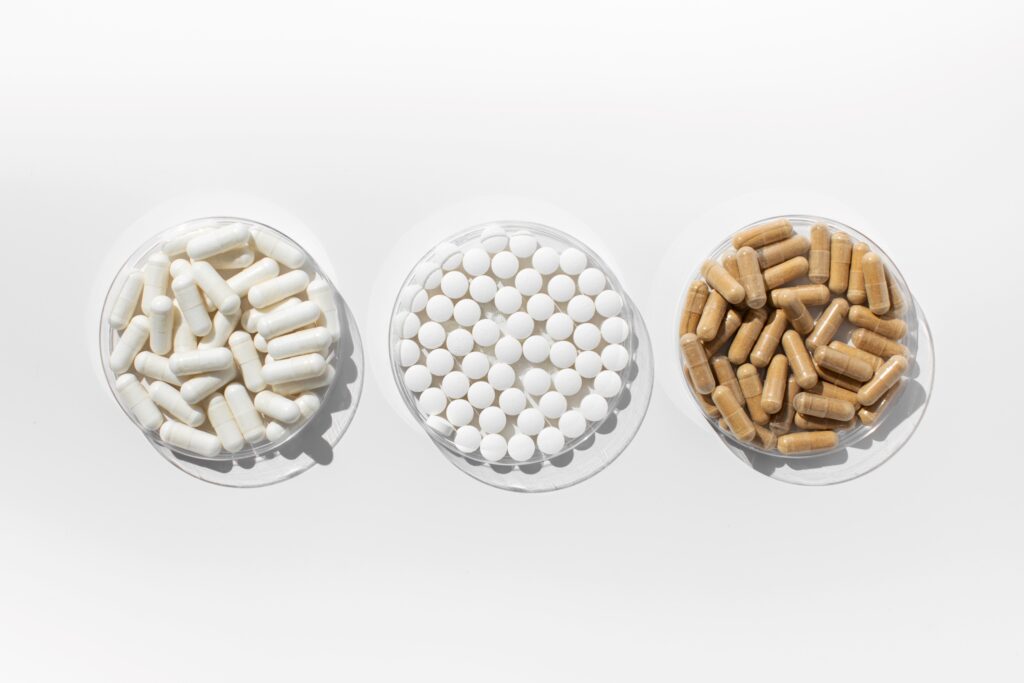The Role of Carrier in Dry Powder Inhalers: The Inhalac Family by Meggle

Drug delivery using inhalation therapy has become a popular strategy for treating respiratory conditions like asthma and chronic obstructive pulmonary disease (COPD)1. Owing to its targeted delivery method, inhalation therapy offers unique advantages such as site-specific delivery to the lungs, rapid drug absorption, reduced potential side effects due to minimal systemic exposure. These benefits lead to better therapeutic outcomes and improved patient compliance. A diverse range of inhalation devices are available to deliver inhalation therapy. Among these, dry powder inhalers (DPI) have stood up and dominated the market due to their distinct advantages over conventional devices like nebulizers and metered dose inhalers (MDI). DPIs deliver propellant free formulations and thus are environmentally friendly. Dry powder formulations from DPIs have better stability and these devices are breath activated, easy to operate leading to better patient compliance3.
The success of these devices, however, depends on their ability to deliver and deposit the required quantity of medications to the desired areas of lung. This is governed by a number of factors including, physico-chemical properties of the formulation, device design and patient’s inhalation technique4.
Importance of Carriers and Particle Engineering
Innovations in particle and device engineering have played a crucial role in optimizing inhalation therapy using DPIs. Particle size, chemistry and surface engineering play a crucial role in determining the deposition pattern of DPI formulation in the regions of respiratory tract. Low dose and poor physical properties (non-uniform particle size, density, surface charge, hygroscopicity, poor taste etc.) of APIs makes it challenging for them to be delivered effectively by inhalation route.
Generally, particles with aerodynamic diameter bigger than 5 µm are considered larger for deep lung deposition as they are typically trapped in the upper airways due to inertia. Deposition of particles between 0.5 and 5 µm is governed by sedimentation and these are usually transported into the deeper regions of the lungs like bronchi and alveoli. 3–5 µm particles reach the tracheobronchial region by sedimentation, while sedimentation as well as diffusion governs 0.5–3 µm particles to reach the alveolar region5. Majority of the particles that are smaller than 0.5 µm are exhaled. For the drug to be therapeutically effective by inhalation route, the required dose amount should be deposited beyond oropharyngeal region.
Lactose as a Carrier
DPI formulations are usually prepared by mixing the micronized drug particles (1-5 µm) with larger carrier particles (50-200 µm) of appropriate size depending on the desired deposition pattern. Carrier helps prevent sticking of API particles to each other and to the device walls due to high surface energy, improve the flow through the airway and improve dose uniformity in case of low dose actives. An ideal DPI Carrier particle should possess physico-chemical stability, biocompatibility, and biodegradability, and must be inert, available and economical. Sugars, polyols and other material have been studied for use as a carrier in DPI formulations. However, to date lactose remains to be a carrier of choice due to its well-investigated toxicity profile, physical and chemical stability, compatibility with the drug substance, its broad availability and relatively low price. Thus, selection of a carrier that possesses the right particle size and design, physical properties, surface chemistry is crucial during development of a DPI formulation. Physical and surface properties of lactose particles can be fine-tuned by achieving precise control over processing conditions during the manufacturing process.
Get to Know Meggle
Meggle is a one of the pioneer global suppliers of lactose for various pharmaceutical applications including inhalation. Known for its superior and consistent quality, Meggle offers a range of inhalation grade lactose products under the trade name Inhalac®. Meggle’s existing portfolio is well positioned to offer sieved, milled and micronized grades of Inhalac in various particle size ranges.
Talk to an Expert

Dr. Nilesh Patankar, Head of Formulation & Innovation
Currently working at Quadra as Head of Formulation and Innovation. This is an industry liaison role through which Nilesh provide the required scientific, technical expertise and support to Quadra’s customers and suppliers. Before joining Quadra, Nilesh obtained a PhD in Pharmaceutical Sciences from University of British Columbia, Canada and have worked in the Pharmaceutical R&D and product development for over twelve years. Nilesh’s expertise includes end-to-end product development, scale-up and technology transfer for a variety of dosage forms. Nilesh possesses extensive knowledge of ingredients and their functionality in the finished products. Nilesh has six research articles published in high impact international journals with over one hundred citations.
References:
-
Stein, S.W.; Thiel, C.G. The History of Therapeutic Aerosols: A Chronological Review. J. Aerosol Med. Pulm. Drug Deliv. 2017, 30, 20–41.
-
El-Sherbiny, I.M.; El-Baz, N.M.; Yacoub, M.H. Inhaled nano- and microparticles for drug delivery. Glob. Cardiol. Sci. Pract. 2015, 2015, 2.
-
Bhuiyan, S.I.; Sayed, M.A.; Mustafiz, M.I.; Kabir, M.J.; Aktar, J. Metered dose inhaler (MDI) versus dry powder inhaler (DPI): Patient’s compliance variation in asthma medication at rural Bangladesh perspective. J. Dent. Med. Sci. 2018, 17, 66–75.
-
Nelson, H.S. Inhalation devices, delivery systems, and patient technique. Ann. Allergy Asthma Immunol. 2016, 117, 606–612.
-
Magramane S., Vlahovi´c K., Gordon P., Kállai-Szabó N., Zelko R., Antal I. and Farkas D. Inhalation Dosage Forms: A Focus on Dry Powder Inhalers and Their Advancements. Pharmaceuticals. 2023, 16, 1658-1705.
-
Peng T., Lin S., Niu B., Wang X., Huang Y., Zhang X., Li D., Wu C. Influence of physical properties of carrier on the performance of dry powder inhalers. Acta Pharm Sin B. 2016, (4):308-18

